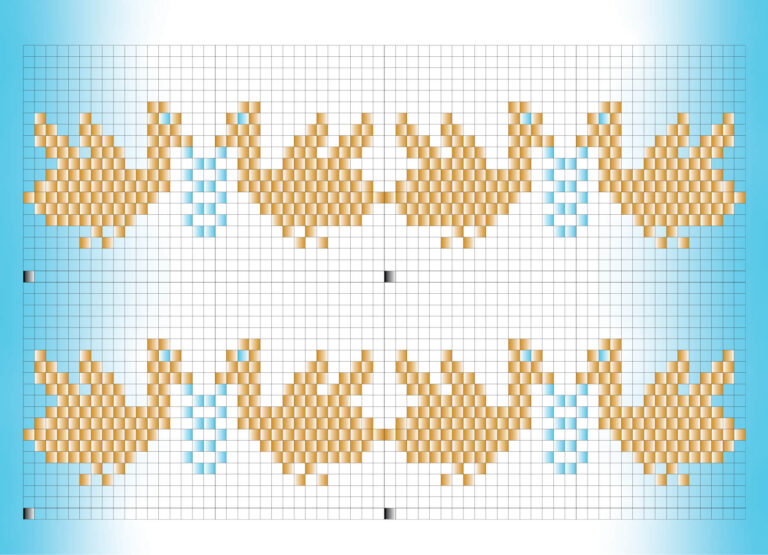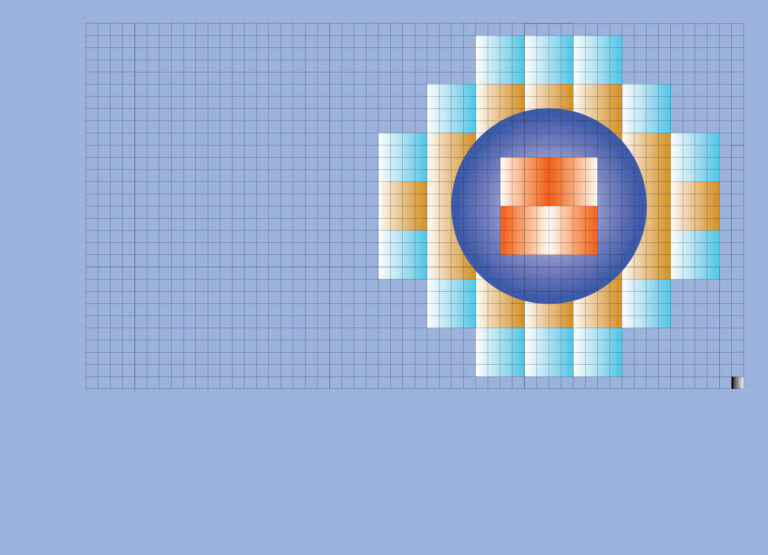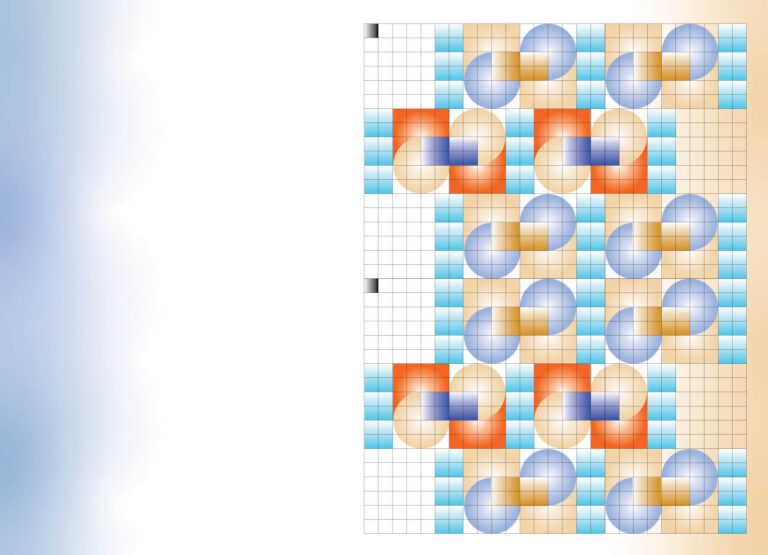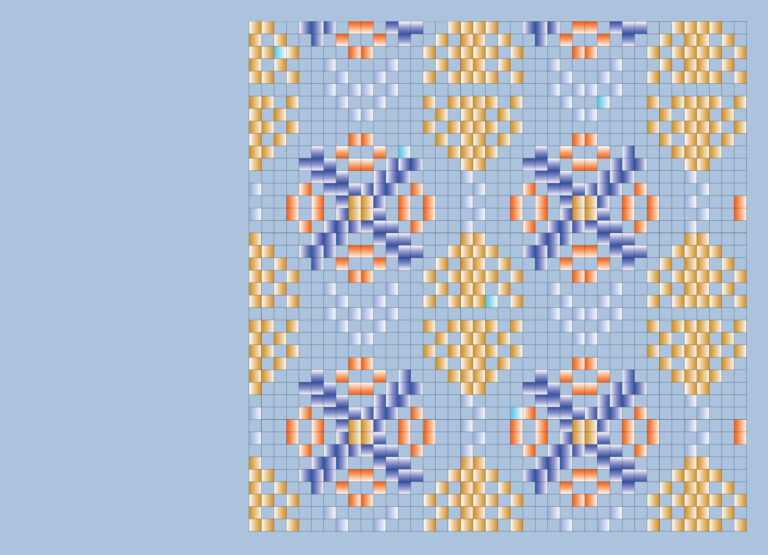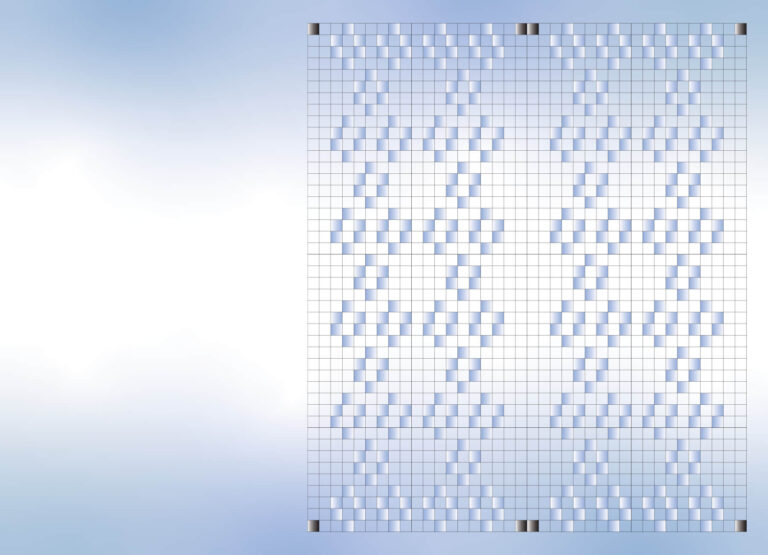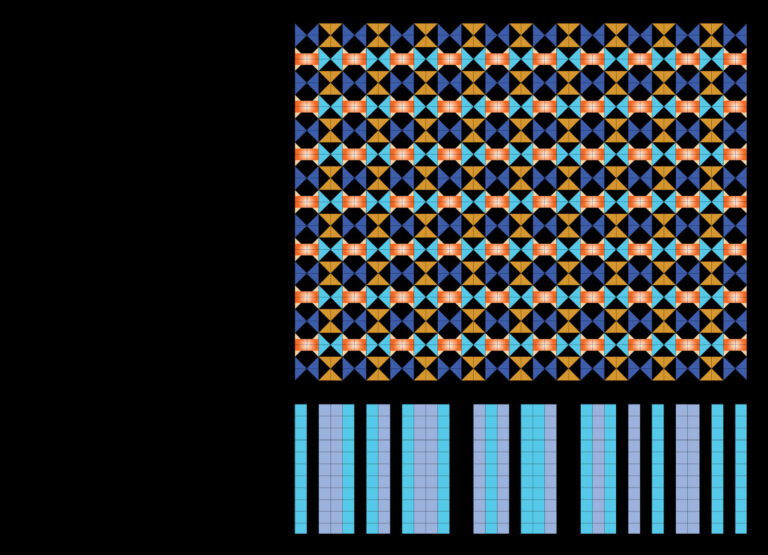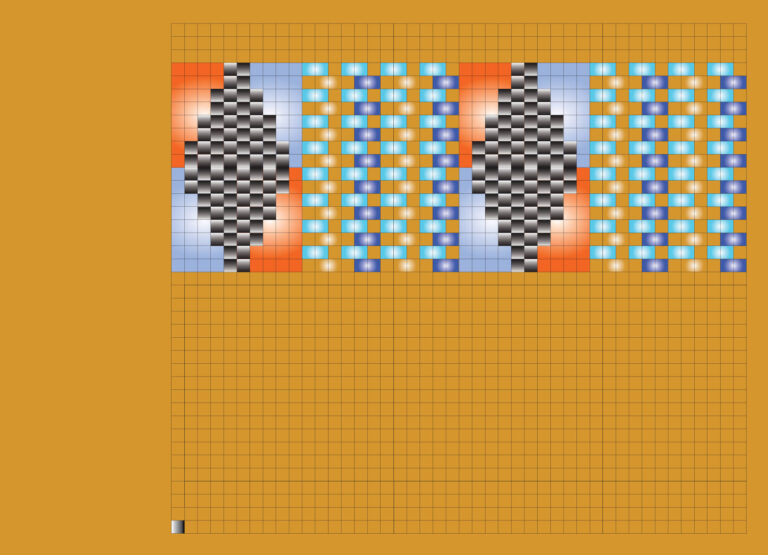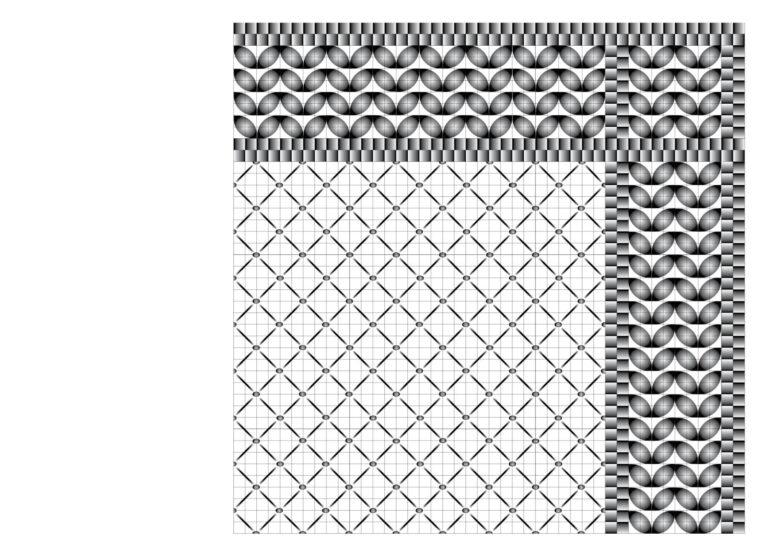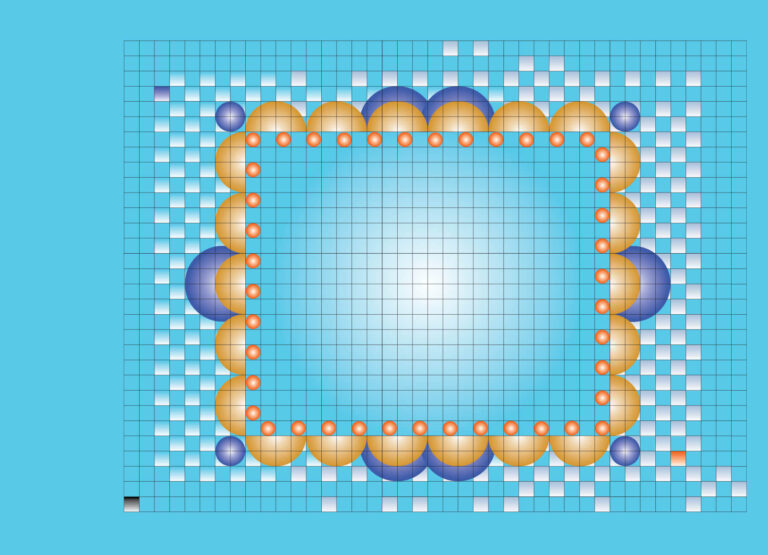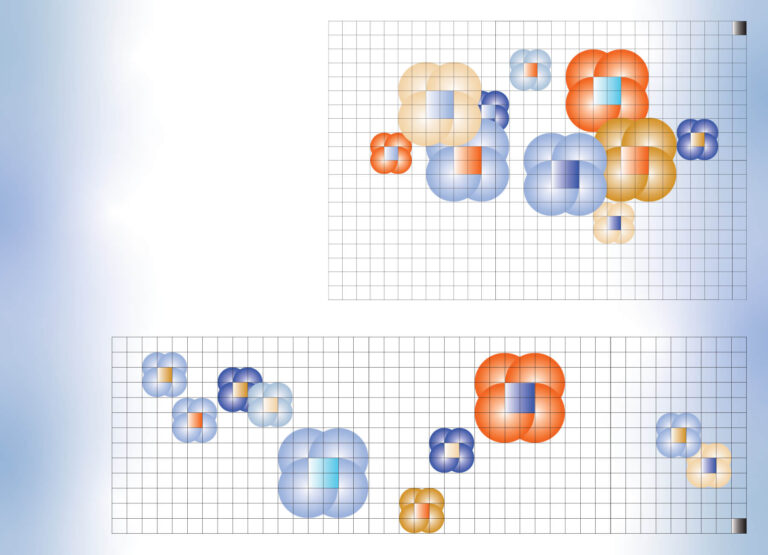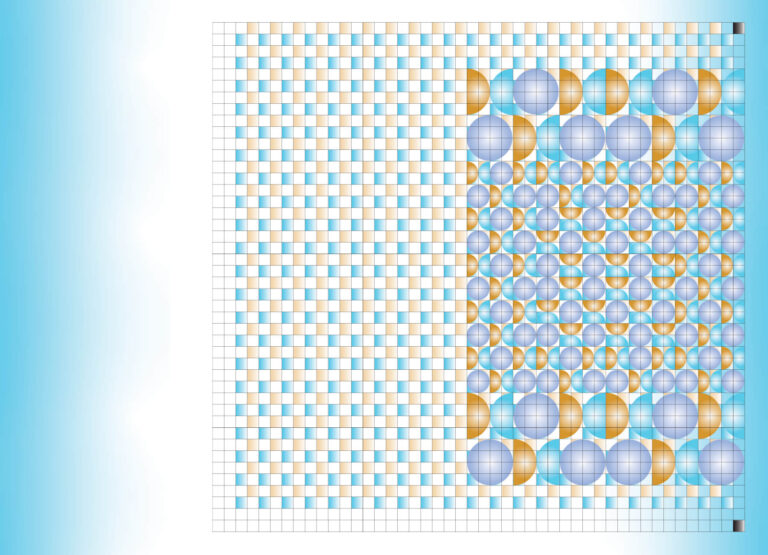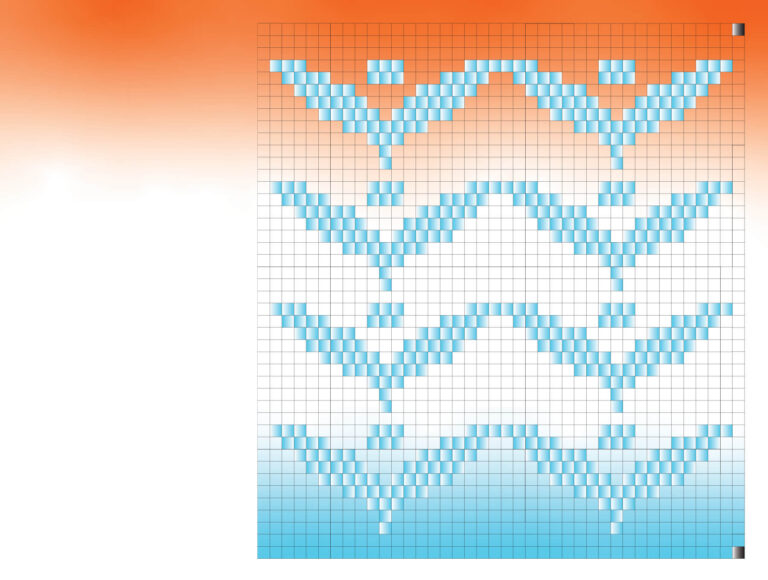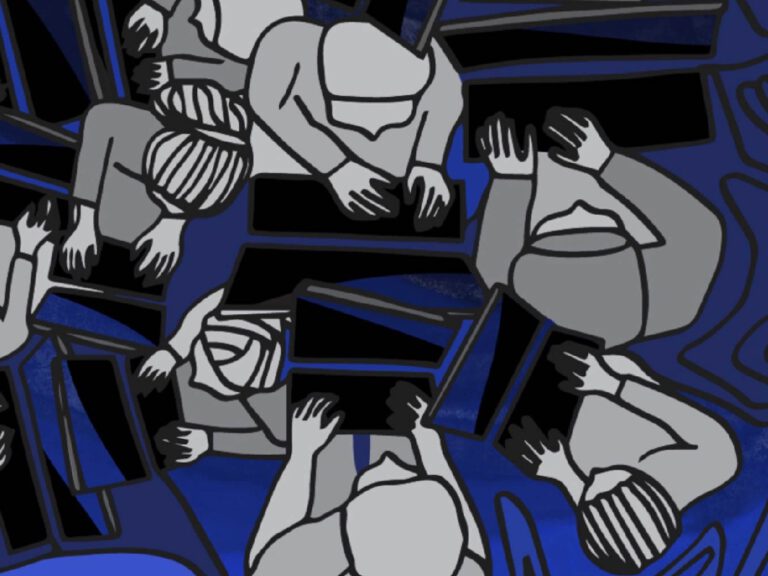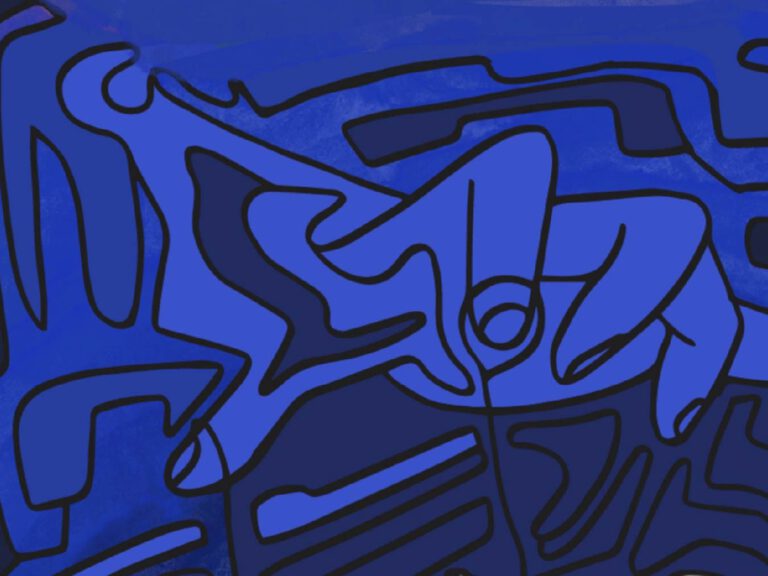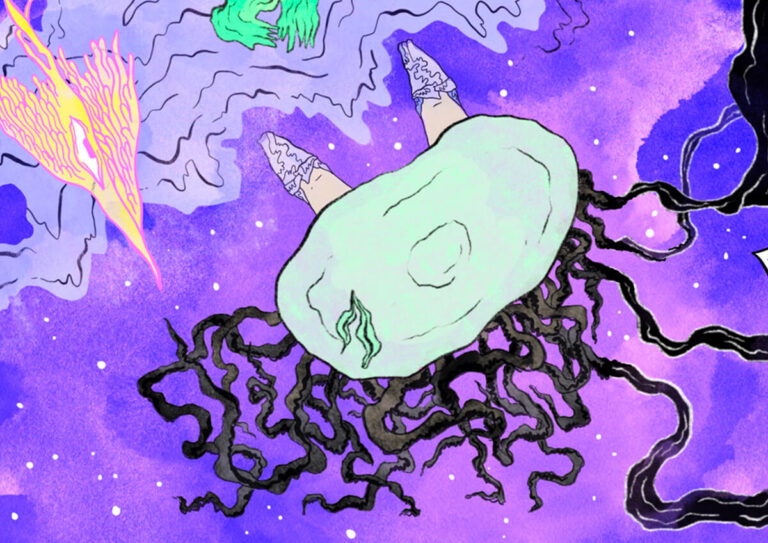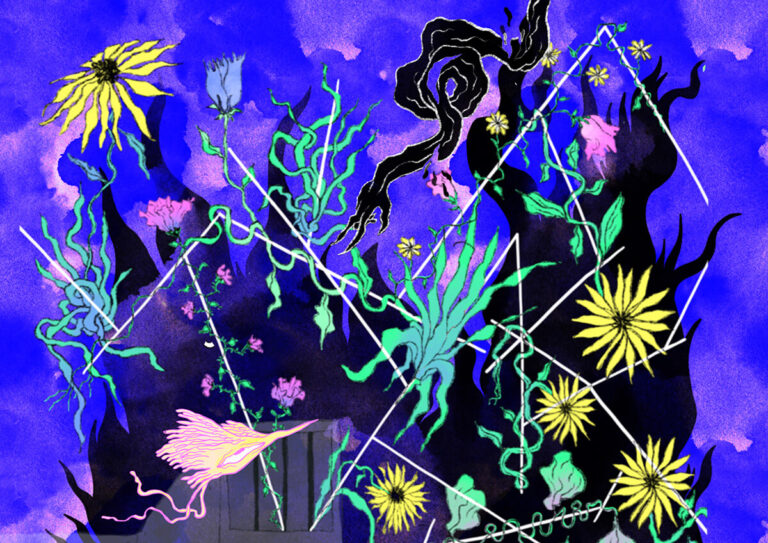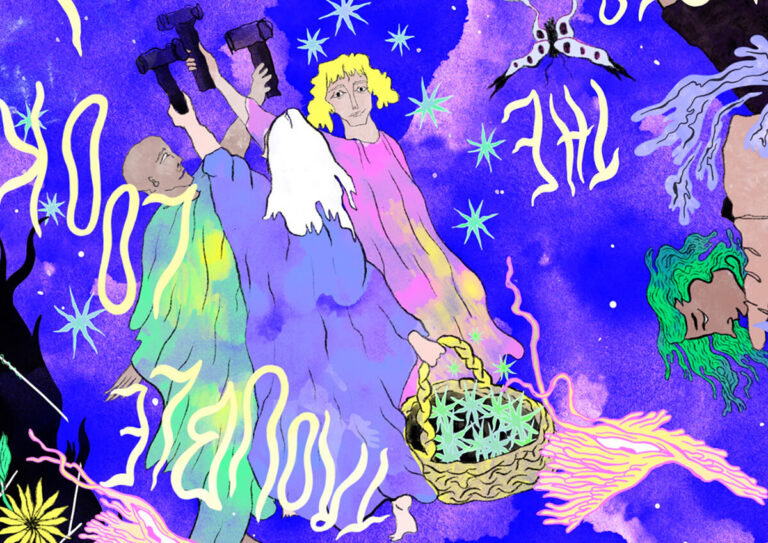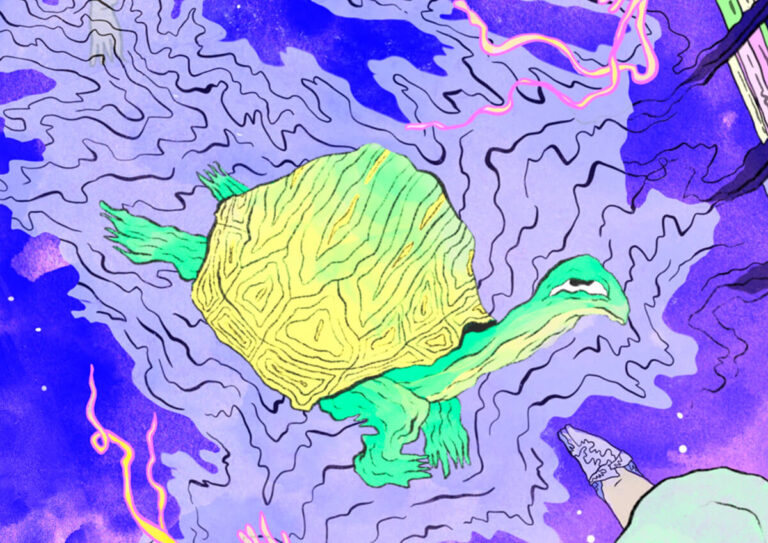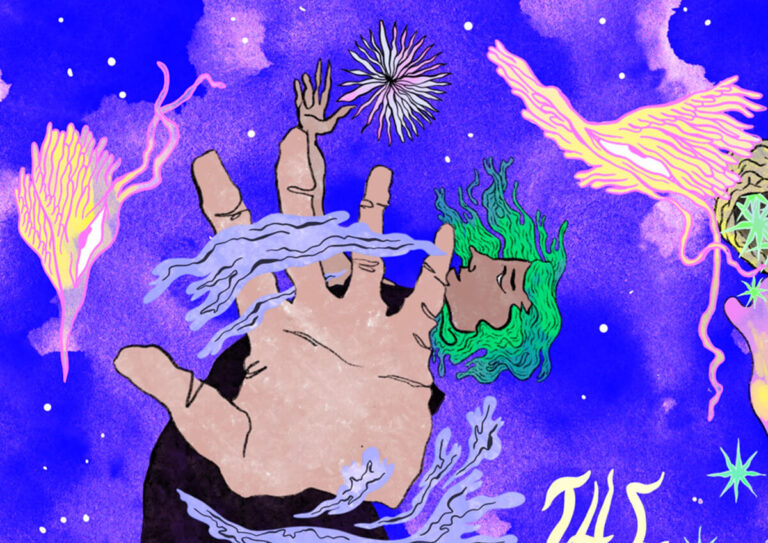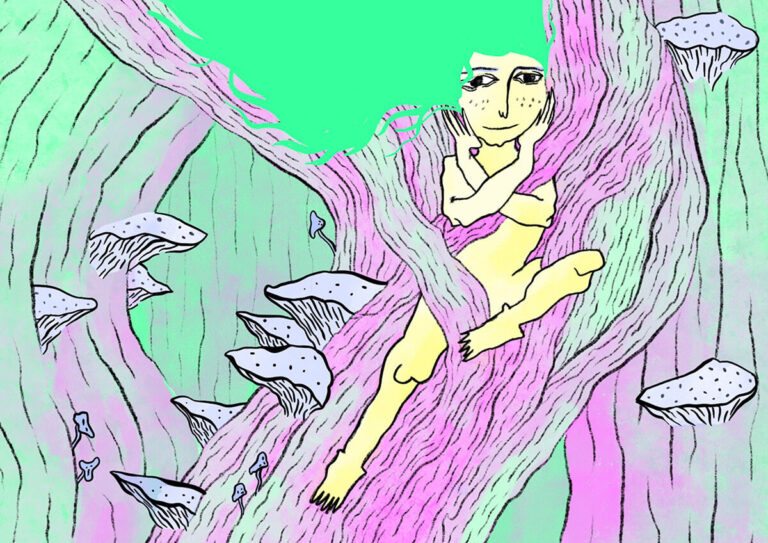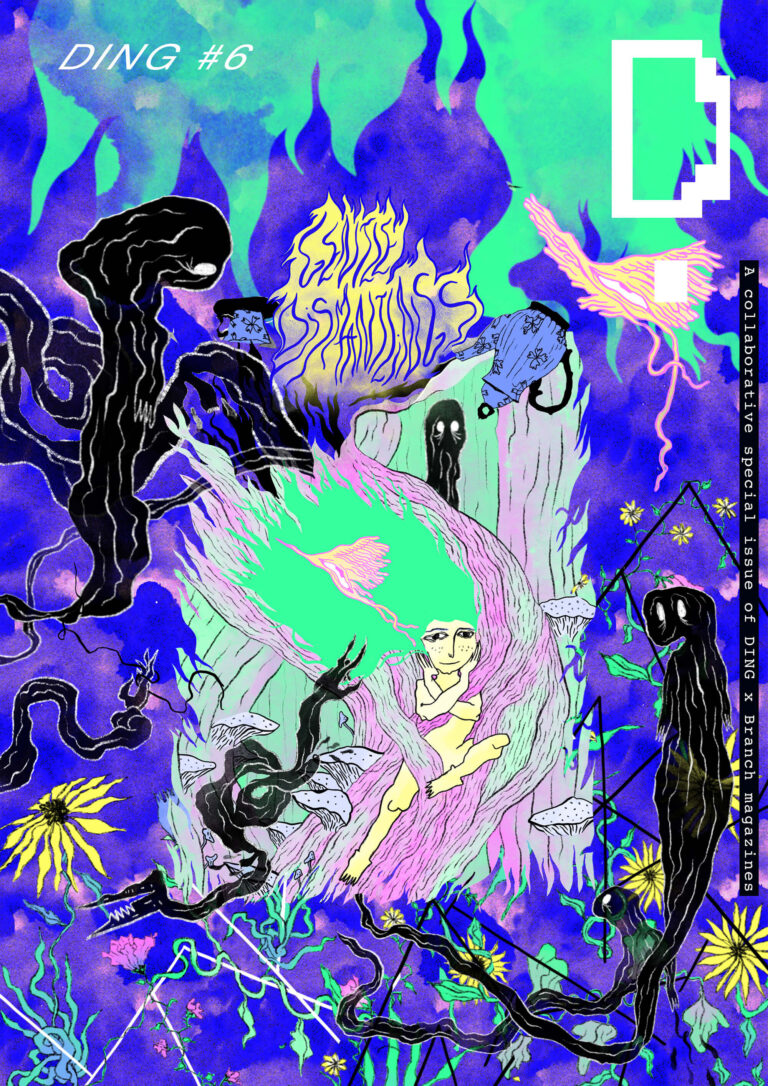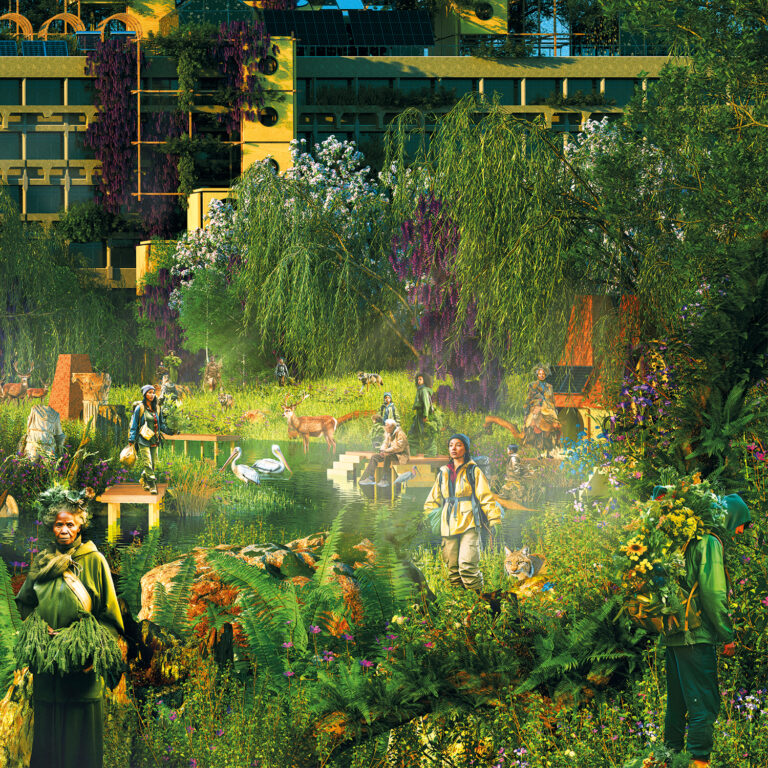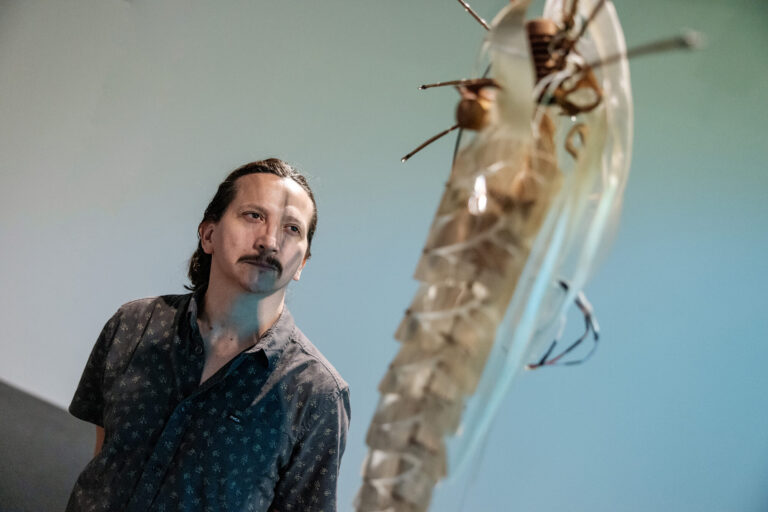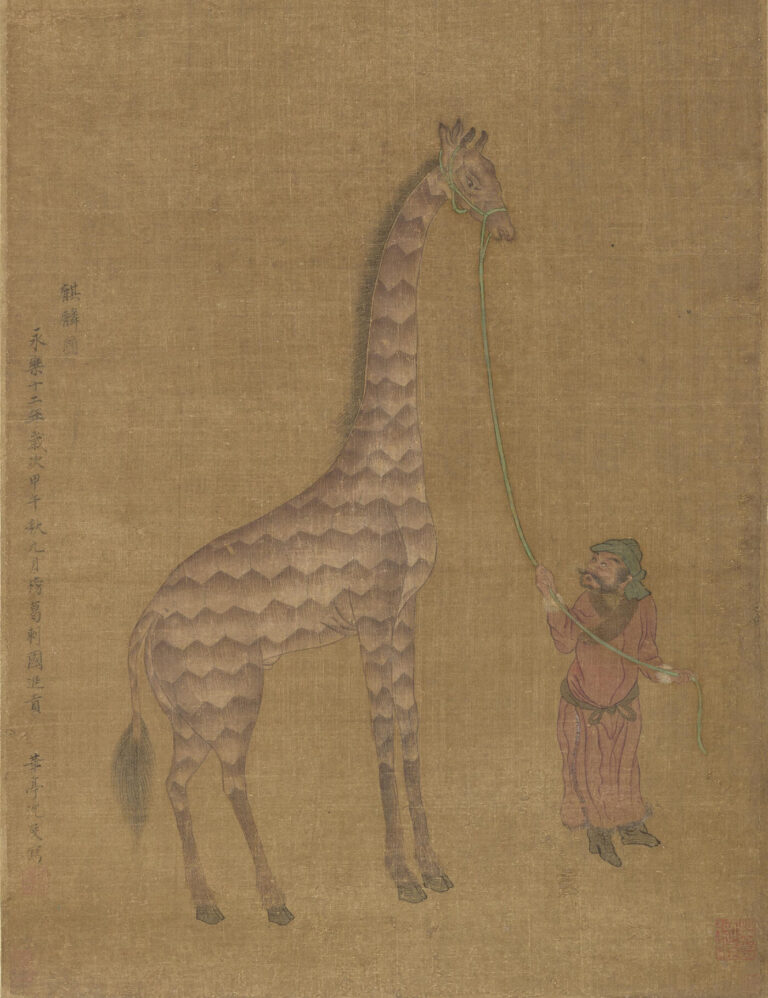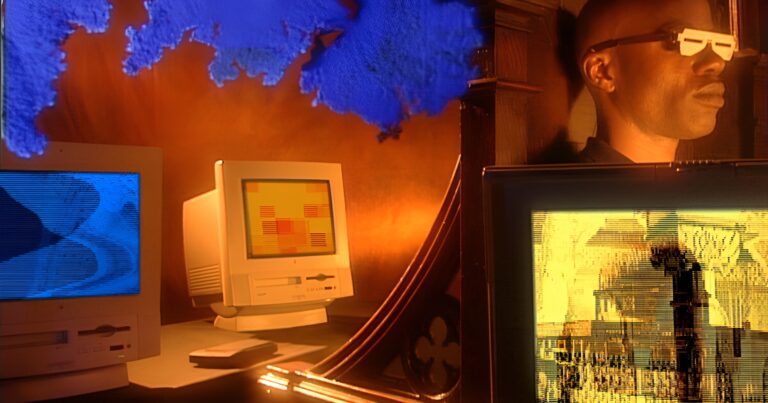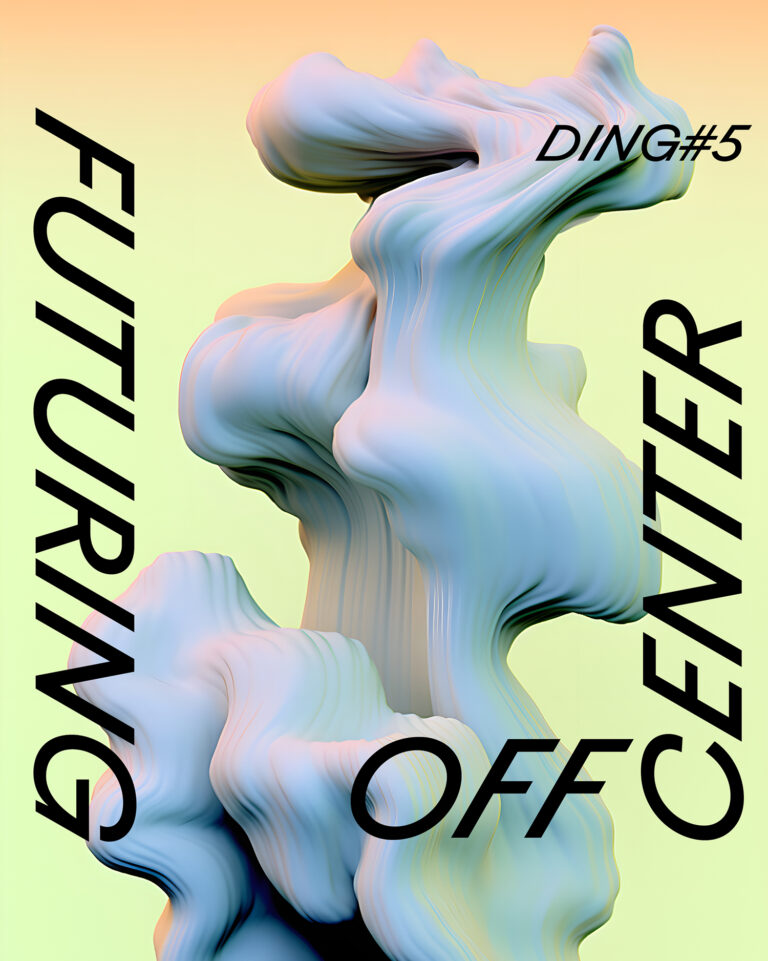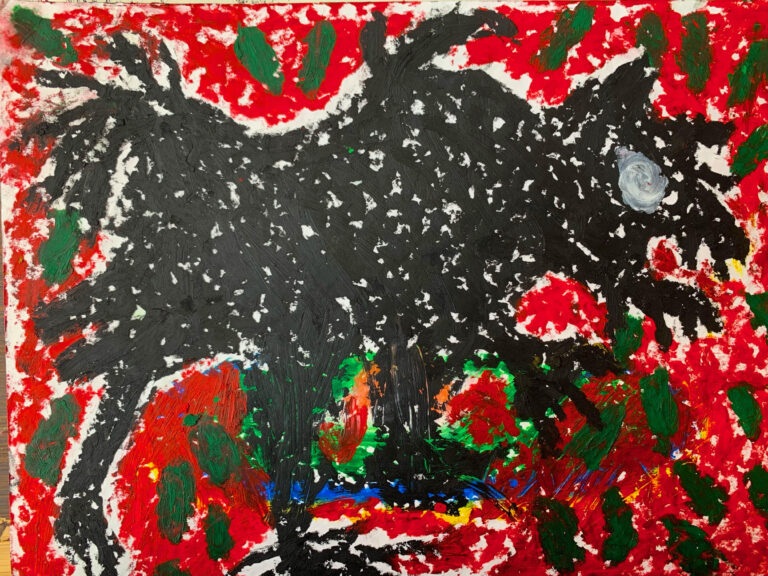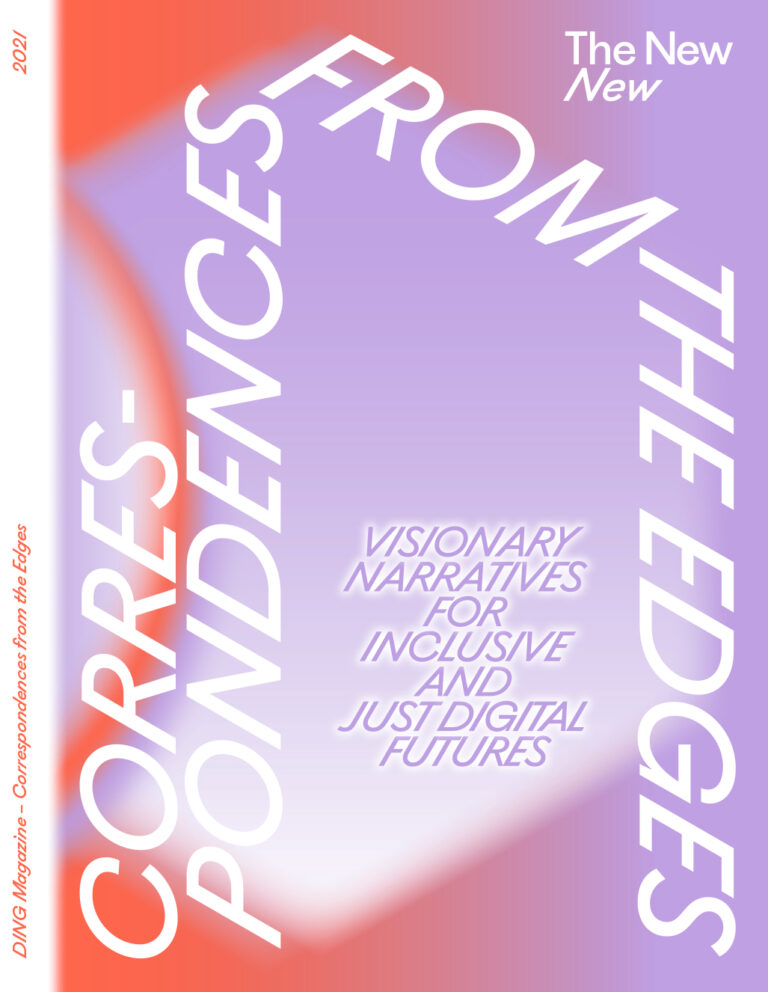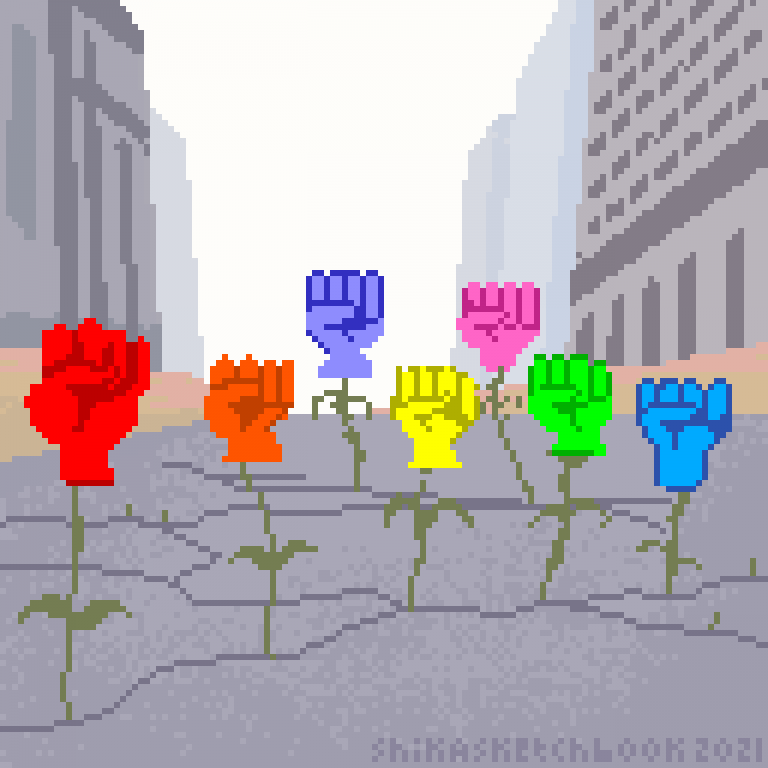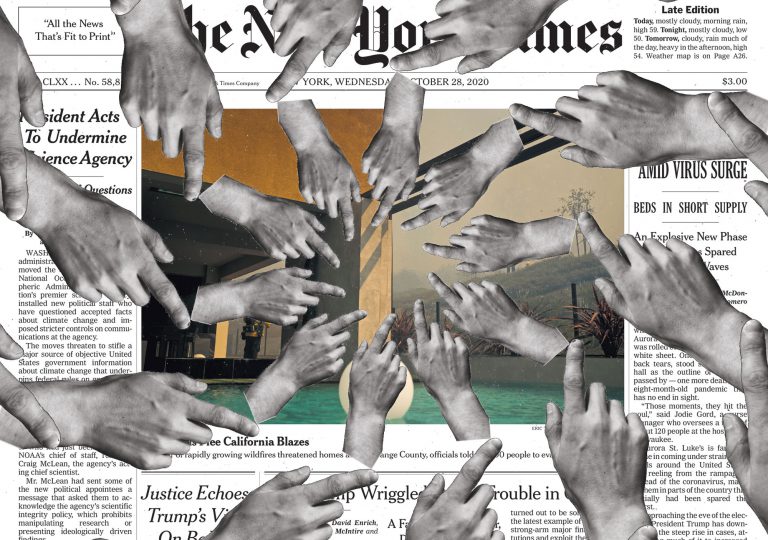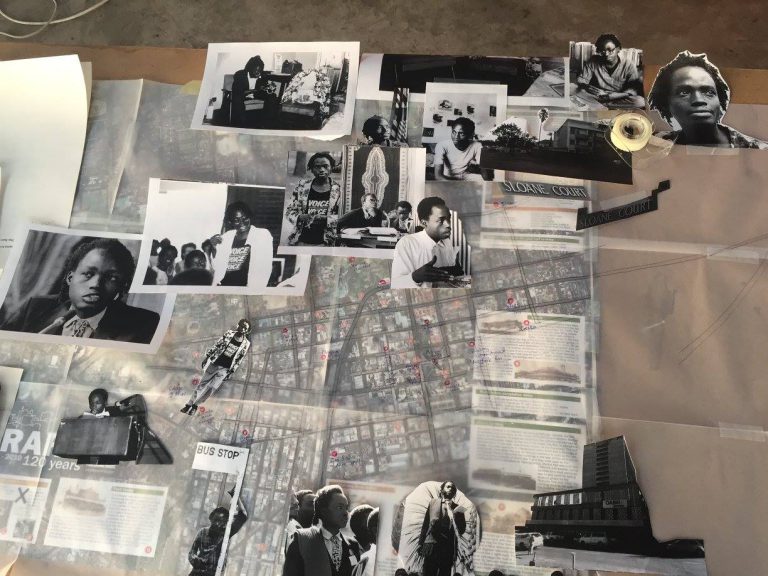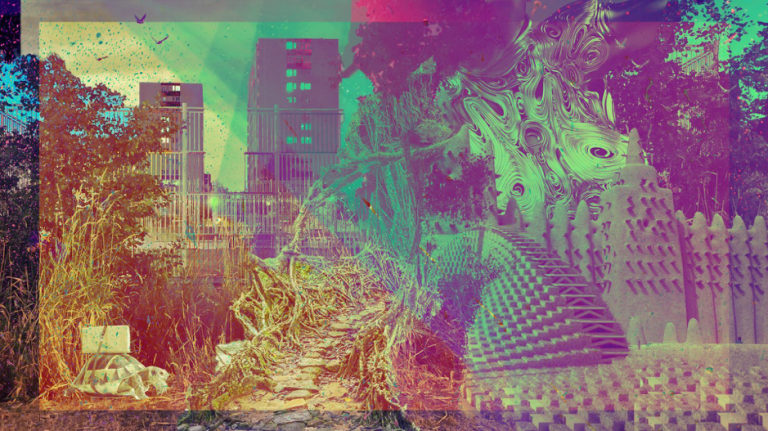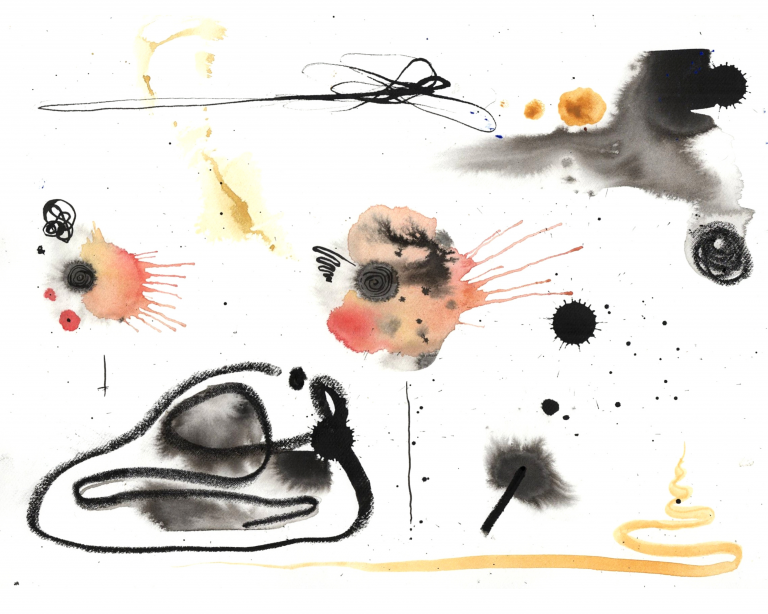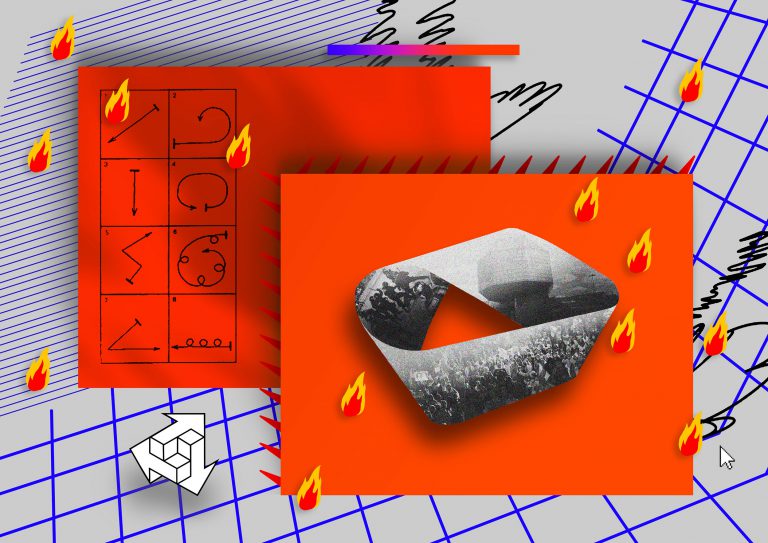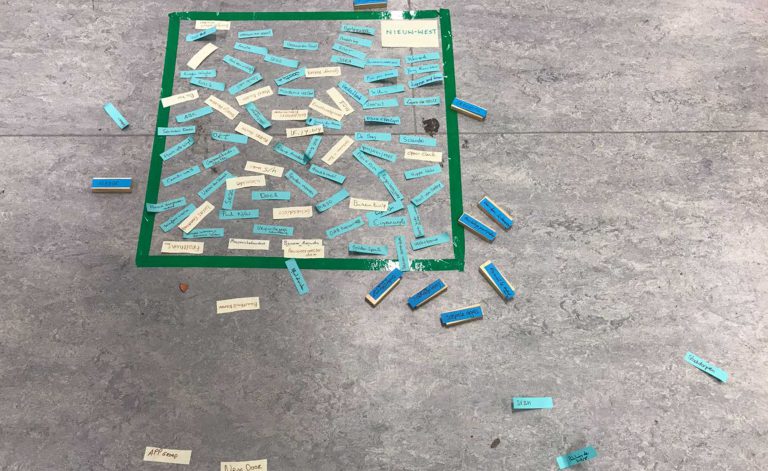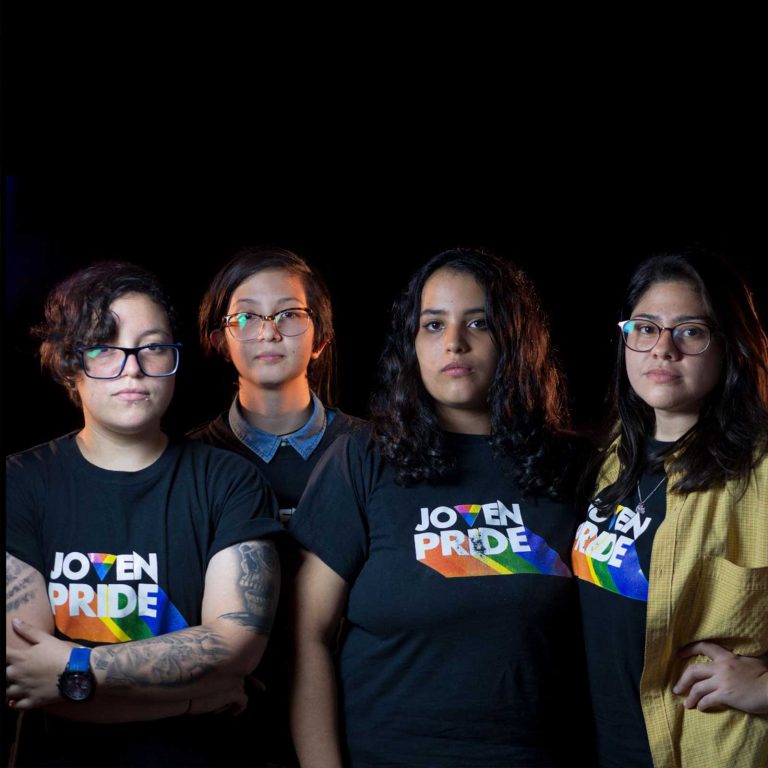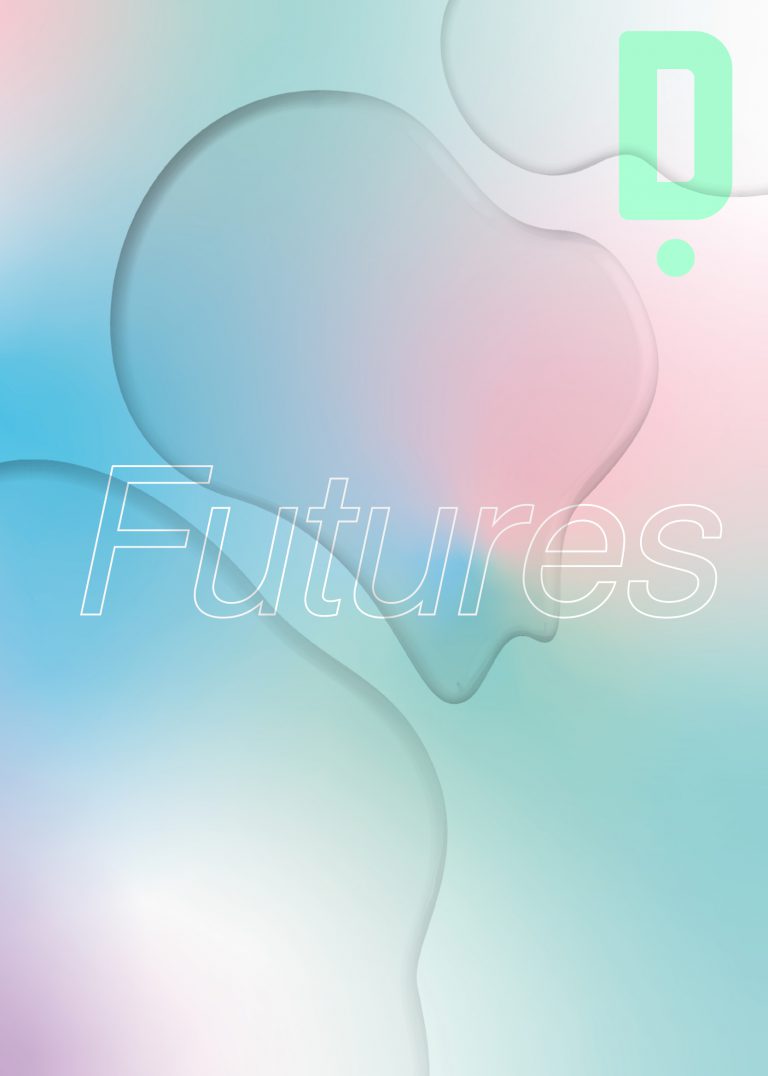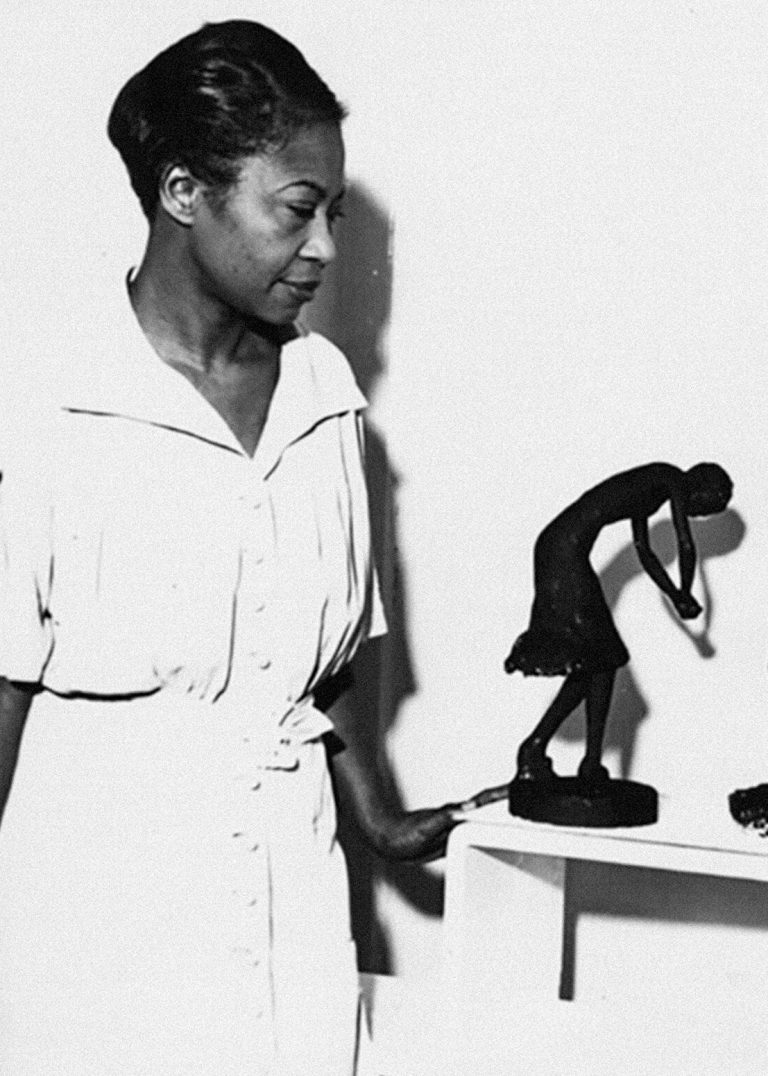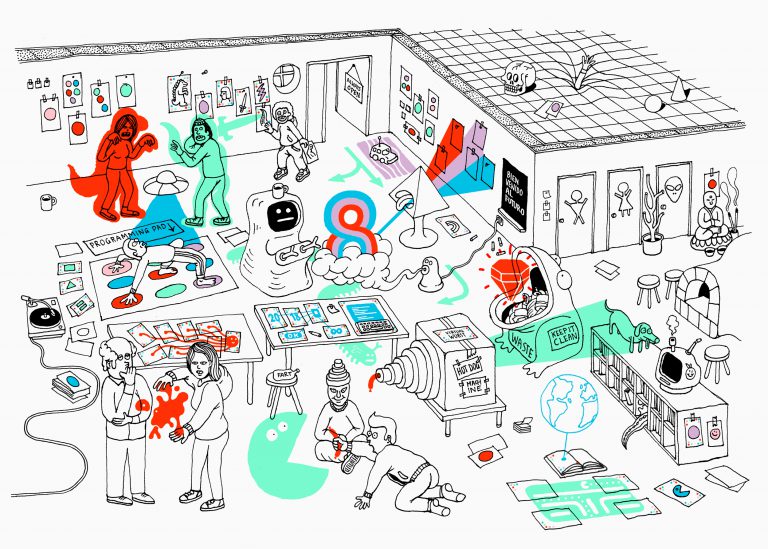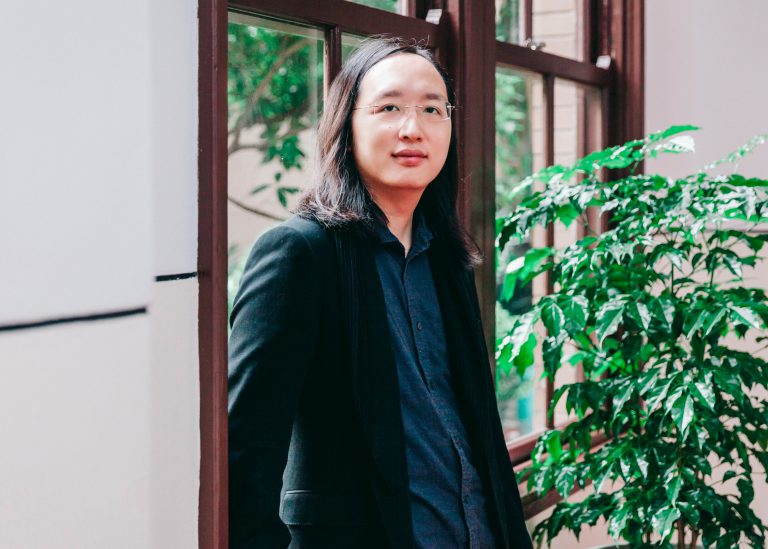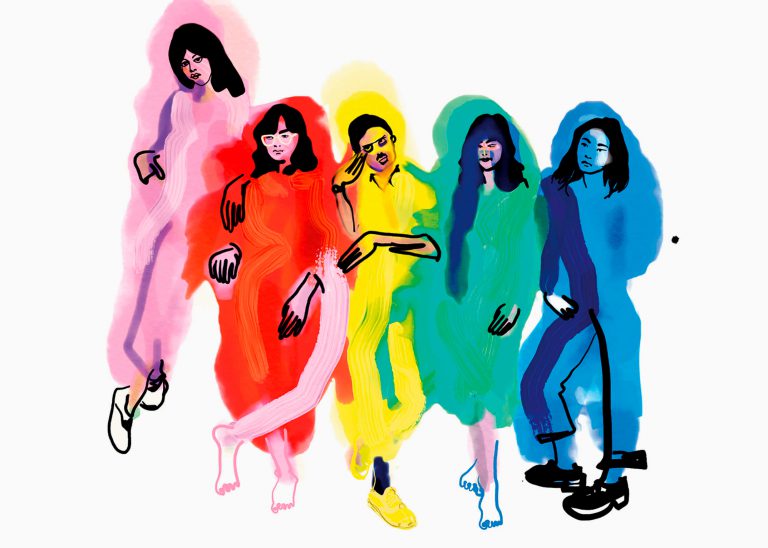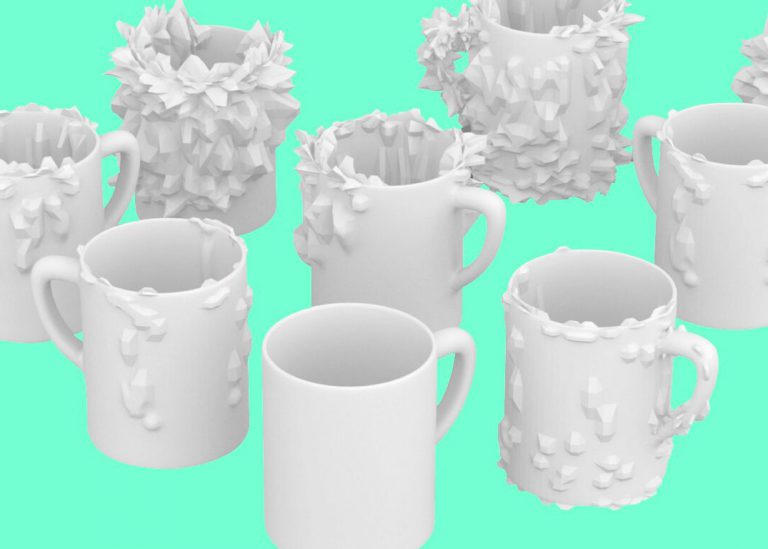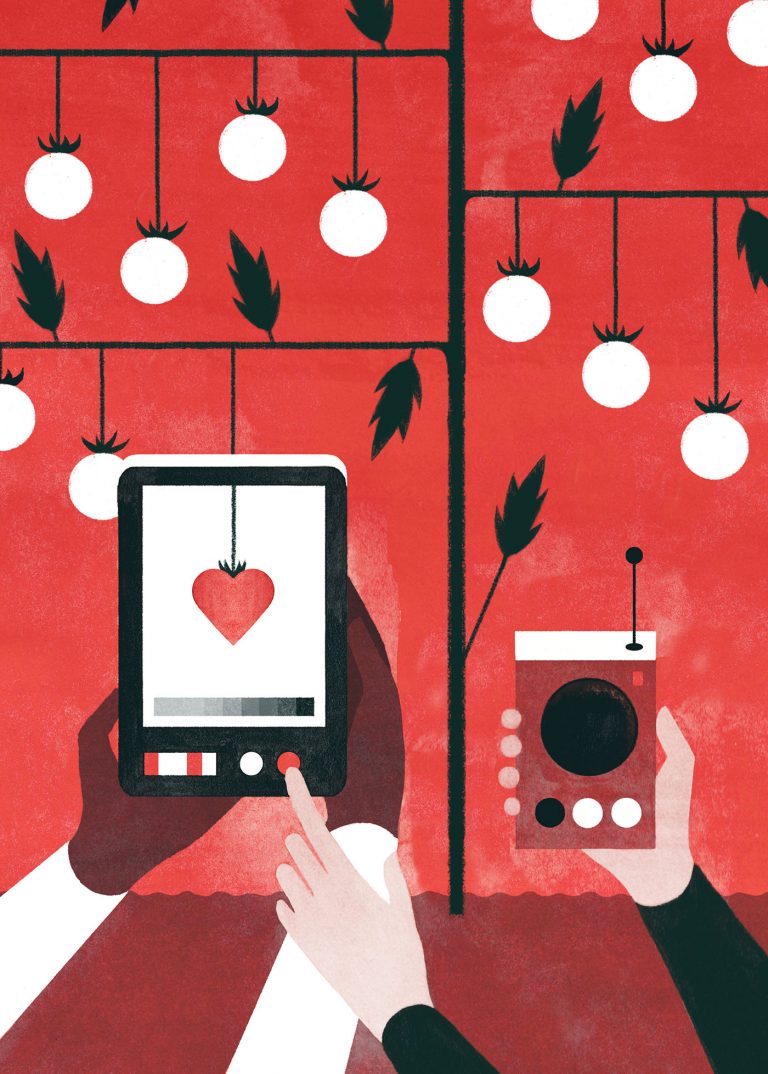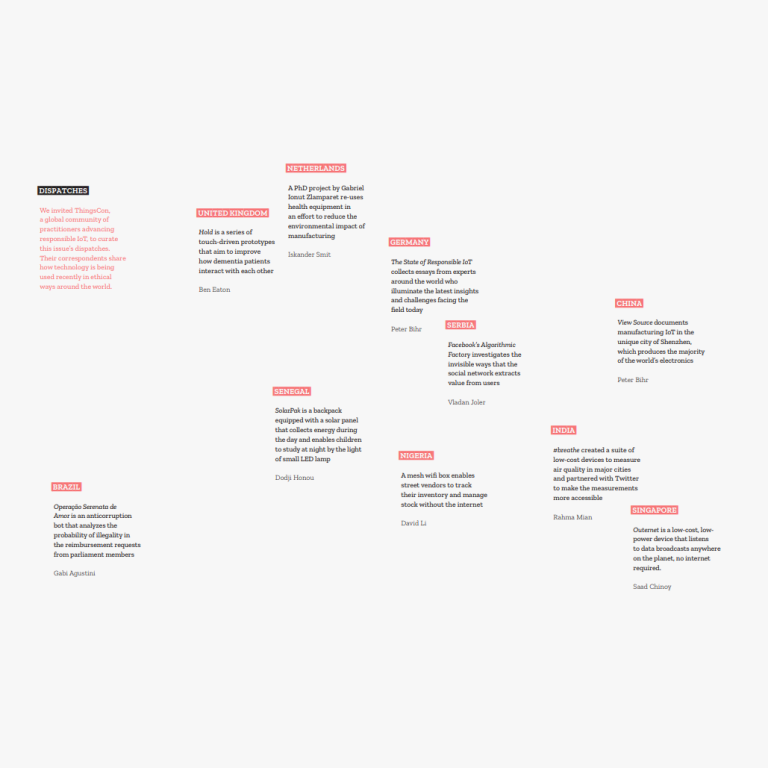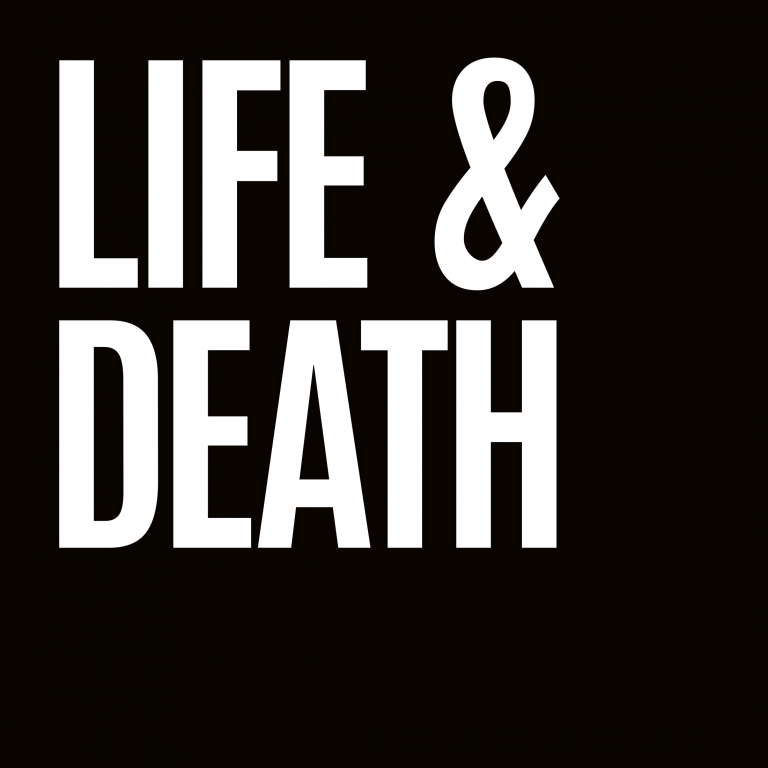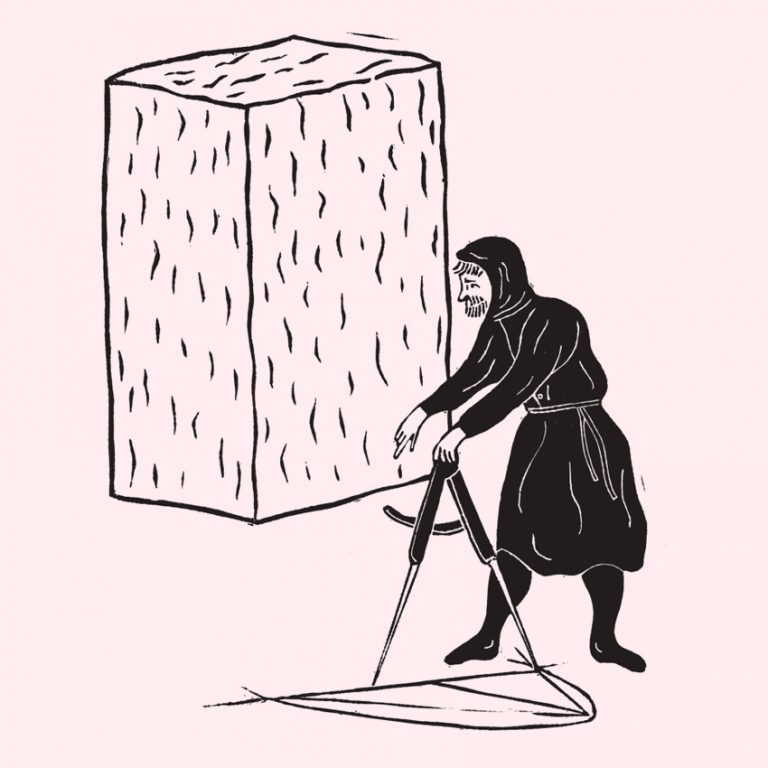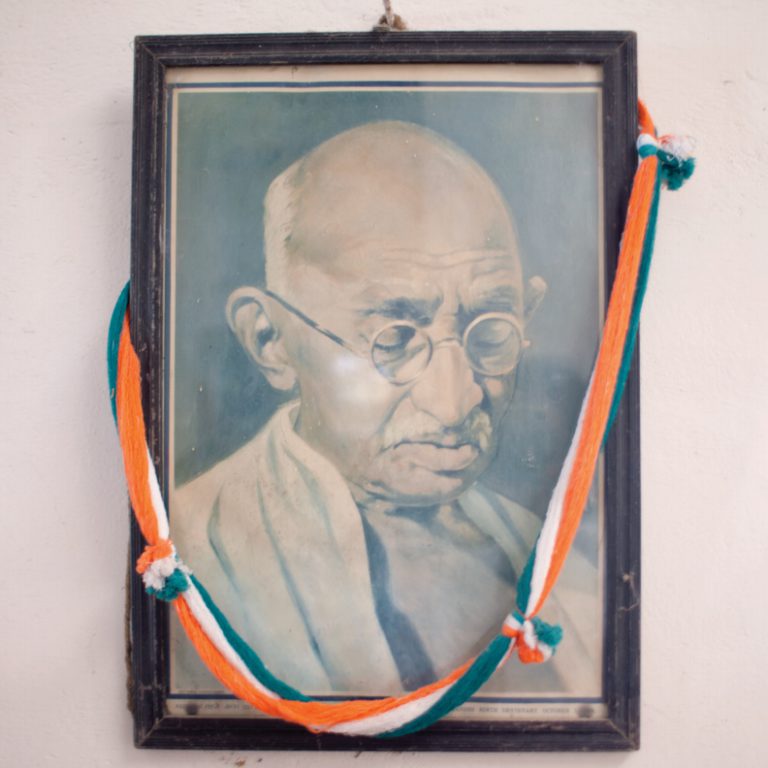I want to pick up the conversation we had recently about craft when you said that even after many years of teaching, researching and practicing interaction design, it remains difficult to explain what design is and the importance of its craft. Could you say what you mean by “craft” in the design of digital products?
“Design” has many meanings: it can mean planning, as in designing a workflow; or engineering, like designing a PCB or a database architecture. But the kind of design I practice is design that brings together both practical function and culture.
Architecture is an obvious example. Buildings are complex artifacts. They must stay up, keep the rain out, and keep people warm in winter and cool in summer. Butthey are also artifacts that have social meanings. The ancient Roman architect,Vitruvius, said thatthey must have “firmness, commodity and delight”:they must be robust, fittheir function and give aesthetic pleasure. Structural firmness is an engineering criterion, but social meaning is part of a building’s function, and delight depends much on cultural preference. Similarly, as digital artifacts become commodities, while increasingly shaping everyday life, social and cultural aspects become ever more important. Ev Williams, one of the founders of Twitter, said: “There’s still a lot of difficult engineering to be done, but in many spaces, multiple companies have mastered the basics. By building great experiences… design has the opportunity to set a product apart.”
Interaction Design Institute Ivrea started in 2000, sponsored by Olivetti and Telecom Italia. Marc Rettig told our first students there that “interaction design is about designing the right thing and designing the thing right”. I think this sums it up pretty well.
The Design Thinking movement has had an excellent effect, encouraging companies to think beyond what they know can be built, to what people actually need or desire. But it concentrates on the first of Rettig’s elements of good design, designing the right thing; that is, discovering people’s needs and wants and imagining what might meet them—the “ideation” phase. But there’s the other half, designing the thing right, the “realization” phase, deciding what form the product should take: what should it look feel and sound like? how do the pieces fit together? how can it be built? how could it become economically viable? and—in digital products—how can the interaction flow make the artifact understandable and pleasurable? As I say, Design Thinking addresses the first ideation phase, where people with many kinds of background can contribute.
But the realization phase draws on a range of specialized crafts: visual design, interaction design, information design, animation, software and hardware engineering, user research, business planning—all of which have important contributions to make to a product’s success. I use “craft” to mean that combination of explicit and tacit knowledge, based on a person’s extended experience, that allows them to make artifacts of the highest quality. I taught myself to program and wrote programs in several languages, but that doesn’t make me a craftsperson in coding. Craft comes through long practice. When I started working with engineers, I realized they had a different approach to design. I came to distinguish “engineerdesigners”, who concentrate on technical problem-solving, from “artist-designers”, who focus first on problem-setting, identifying the right cultural, aesthetic and technical frame to approach the problem. At about this time an IBM engineer at the Media Lab told me that “working with artists I have come to realize that there is more than one way of knowing”.
I started talking about craft because the word “design” has such broad connotations that people in the teams I was working with became offended when they felt their “design” expertise was not valued, when in fact they were talking about different types of approach and expertise. So I distinguished between the ideation phase, when all kinds of designers and non-designers could contribute, and the realization phase, when you need other kinds of expertise. Most people have one primary expertise, but they need to understand and appreciate those of their colleagues.
In working with craftspeople, I’ve observed that they have a sensitivity to the materiality of artifacts. Design, in its current form, seems to be moving away from materiality and we are therefore losing something important. Are we getting further removed from understanding an object, how it is engineered, and how it functions in the world?
In the early days of digital technology, we were designing virtual worlds, virtual tools, and mostly people interacted with them alone, in their heads. This was reinforced by the Western, Cartesian view: “I think therefore I am”. But philosophers like Merleau-Ponty and new discoveries in neuropsychology show that we think with our bodies as well as our minds. If devices require us to use only our eyes and finger swipes, we are indeed losing something. In the past, we interacted with machines which explained themselves through their form and the affordances they offered.
It is obvious how you use a bicycle pump or a radio with a dial to click through the channels. But the workings of digital devices are hidden and must be made clear through the design of perceptual clues – visual, physical, sonic— that may be very different from how the system actually works.
The form of a digital/physical artifact must resolve all the constraints—it must work well, be manufacturable, communicate what it is and how to use it, and be beautiful and significant. That’s the craft of the artist-designer.
We need to think about the effect of digital technology, and the way it is being designed, on society. To take the parallel of architecture again, experience has shown us that there are forms of housing that encourage socializing between neighbours and others that discourage it, forms that allow criminality to flourish, others that make it difficult. What is it, for instance, that encourages people to be much more aggressive on social media than in real life? What is the implication of Alexa having a woman’s voice, rather than a man’s?
I find your architectural parallel fascinating because digital is coming into our homes and workplaces right now without much thought of what this might mean. We’re at the convergence of the virtual and the physical world, What are your thoughts on crafting the next wave of the internet, the internet of things?
We’ve been lucky that
for over thirty years we have had just one dominant metaphor for managing stuff on our computer — the desktop — and that Xerox was prepared to put together a team of such talented people and give them the space and time to work out how to design it well. The desktop is like driving.
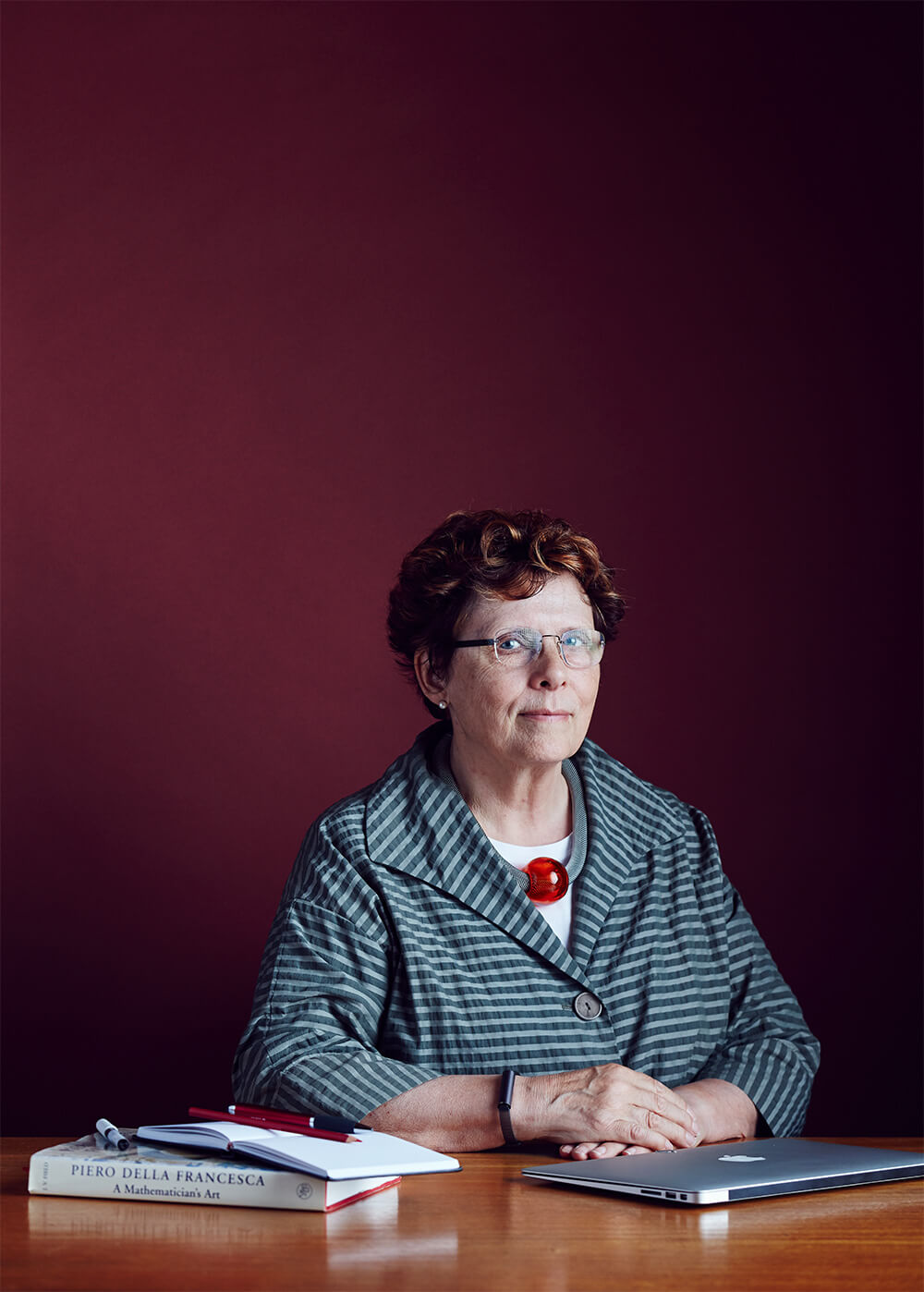
If you learn how to drive one car you can be pretty sure you could get into another and drive it away without too much thought. Most people, similarly, once they get the hang of the desktop metaphor, can “drive” a computer.
Now people are designing all kinds of new things with digital technology that haven’t been seen before, such conventions don’t exist, or only partially. Bill Buxton predicted that the whole tech market will crash because the number of different digital systems people are expected to use is leading to a level of complexity too great to handle. There are thousands of applications, with different ways of interacting with them that people must learn and remember.
At first, the app world seemed wonderful, a great opportunity to design new applications for technology and new interaction experiences but few applications are so intuitive to use that you need not think about it. This takes a really good designer, or team of designers, with the experience and imagination to make something that fits the way people think—and a company that thinks it’s important. In his book Simplicity Shift, Scott Jenson wrote that “Simplicity isn’t about removing features—it’s about prioritizing them. Find the core and make it wonderful. Then gently layer on the additional features, but make sure they don’t compromise the core design”.
Donald Norman underlined the importance of constructing a mental model in the mind of the user that allows them to understand what the application is, and how to reason about it if it doesn’t work in the way they expect. Too many applications seem like a bundle of functions with no overarching model of what the system is or how it works. It’s interesting that with many new applications there’s no manual, just an infuriating automated helpdesk. Nowhere does it say, “This is what this is, these are the things you can do with it, and here’s how you do it”. Generally the help and support only tells you how to do things. But you must know what you can do before you can ask how to do it.
To design the next phase of digital technology we need a palette of mental models for different types of interactive object, and a new language of interaction, enabling us to carry what we have learnt from one thing to another. The work of Durrell Bishop explored how our instinctive knowledge of the physical world – which way is up, how you move or hold an object — could allow us to interact with computation without having to learn how to do it. A layer of interaction which we need not learn could form the basis for a new language of interaction with physical/digital things.
Voice control makes the problem worse because you have only a single time-based channel of information. Once the system has said something, it has gone. A visual interface or a physical one persists and can show more than one thing at a time. It’s assumed that voice interfaces are “natural”, but when we speak to a person in the flesh, there is a backdrop of implicit shared understanding which today’s computer systems don’t have.
The big problem with connected objects is to understand what, behind the scenes, is connected to what and what is interacting with what. I’ve just come up against an example: my Misfit step tracker that’s connected to the Apple Health app, my Withings scale and its app, and, via If This Then That, the Misfit app. Between the four of them something is wrong as my weight in the Misfit app comes out at 400 pounds! It’s obviously something to do with translation from pounds to kilograms, but I can’t figure out exactly where the problem is. Add in artificial intelligence, and you are going to get an unholy mess. Maybe a dangerous one.



